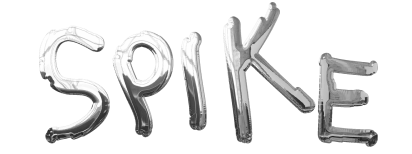What the digital did to drawing and how drawing responded
A lecture by Klaus Speidel
Drawing is one of the most primitive techniques to make marks and has been around since prehistory. But how is it doing in digital times?
Klaus Speidel analyzes the ways drawing was affected by digital on a technical, social, and perceptual level. How do artists use digital tools and practices for drawing? What are the artistic possibilities offered by high speed eye-trackers, crowdsourcing or artificial neural networks? How can drawing reflect on digital phenomena? Can you continue to draw like before after digital? How has our perception of pen on paper drawings been affected by our constant use of digital tools, their underlying principles and their aesthetics? And, last but not least, is there a path between absorption of drawing by digital and traditional drawing as a rear garde activity, a cultural practice bound to become obsolete?
--
Klaus Speidel (*1979) is an image theorist, art critic and curator. He studied philosophy and art history in Munich and Paris and holds a PhD in the philosophy of art (Sorbonne), where he wrote on narrative in single pictures. He currently directs a research project on narrative images at the lab for Cognitive Research in Art History (CReA) at the University of Vienna.
He curated several group shows in Paris of which Drawing after Digital (March-June 2016) at XPO gallery is the most recent. In order to elucidate the multi-layered relationship between drawing and the digital, he presented the work of more than 20 international artists, made with computers or not, arguing, among other things, that certain works by Sol LeWitt and Hanne Darboven can be productively conceived of as digital. He currently lives in Vienna.
----
Image: Dan Perjovschi

